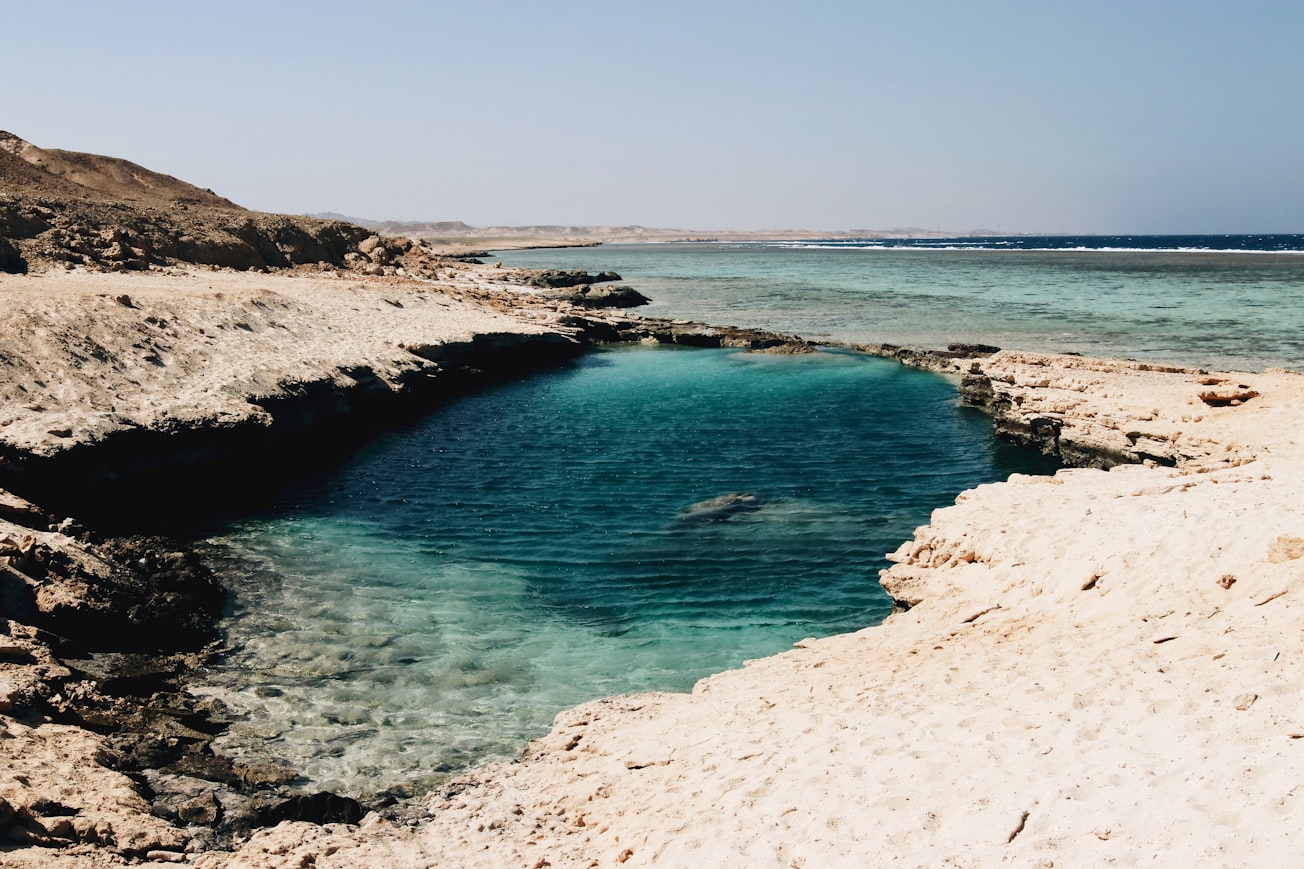What is it about?
The Red Sea is considered to be a valuable example of a continent rifting and transitioning to an ocean basin with seafloor spreading between the two continental fragments, Africa and Arabia. However, the nature of the crust between, whether oceanic or hyper-extended continental crust, has been controversial, because there have been only limited seismic refraction experiments and magnetic anomalies which often settle the issue are subdued (either because of the slow spreading rate and alteration under a layer of Miocene evaporites or because lineated anomalies found in the Red Sea are caused by dyke swarms not genuine seafloor spreading evidence). The recently improved free-air gravity field derived from satellite altimeter measurements by Sandwell and others interestingly reveals a segmented pattern in the central Red Sea that is similar to that of an oceanic spreading centre such as the Mid-Atlantic Ridge, supporting an oceanic-type crust there. The article also looks at how basement depth in a refraction experiment co-varies with free-air gravity anomalies. Furthermore, the depths of the axial spreading centres are found to deepen with distance from the Afar plume in a way that is compatible with measurements of sodium contents ("Na8.0") of axial lavas and global compilations, suggesting that the deepening is simply due to declining mantle temperature.
Featured Image

Photo by Isabella Jusková on Unsplash
Why is it important?
The Red Sea has been considered by many to be an important example of an ocean basin in the process of developing, from the extension of a major shield (Africa-Arabia). However, even the basic question of whether the crust underlying the sea is oceanic or continental has been difficult to answer, given little public data available and because the magnetic anomalies are subdued and not easily interpreted as seafloor spreading anomalies beyond 5 m.y. or so. We suggest here that the newly released versions of the marine gravity field derived from satellite altimetry support one side of this argument concerning the central Red Sea. The field clearly shows a segmentation that is similar to that observed at slow-spreading mid-ocean ridges, such as the Mid-Atlantic Ridge, and therefore supports an oceanic crustal structure there.
Read the Original
This page is a summary of: Nature of crust in the central Red Sea, Tectonophysics, July 2014, Elsevier,
DOI: 10.1016/j.tecto.2014.04.029.
You can read the full text:
Contributors
The following have contributed to this page







